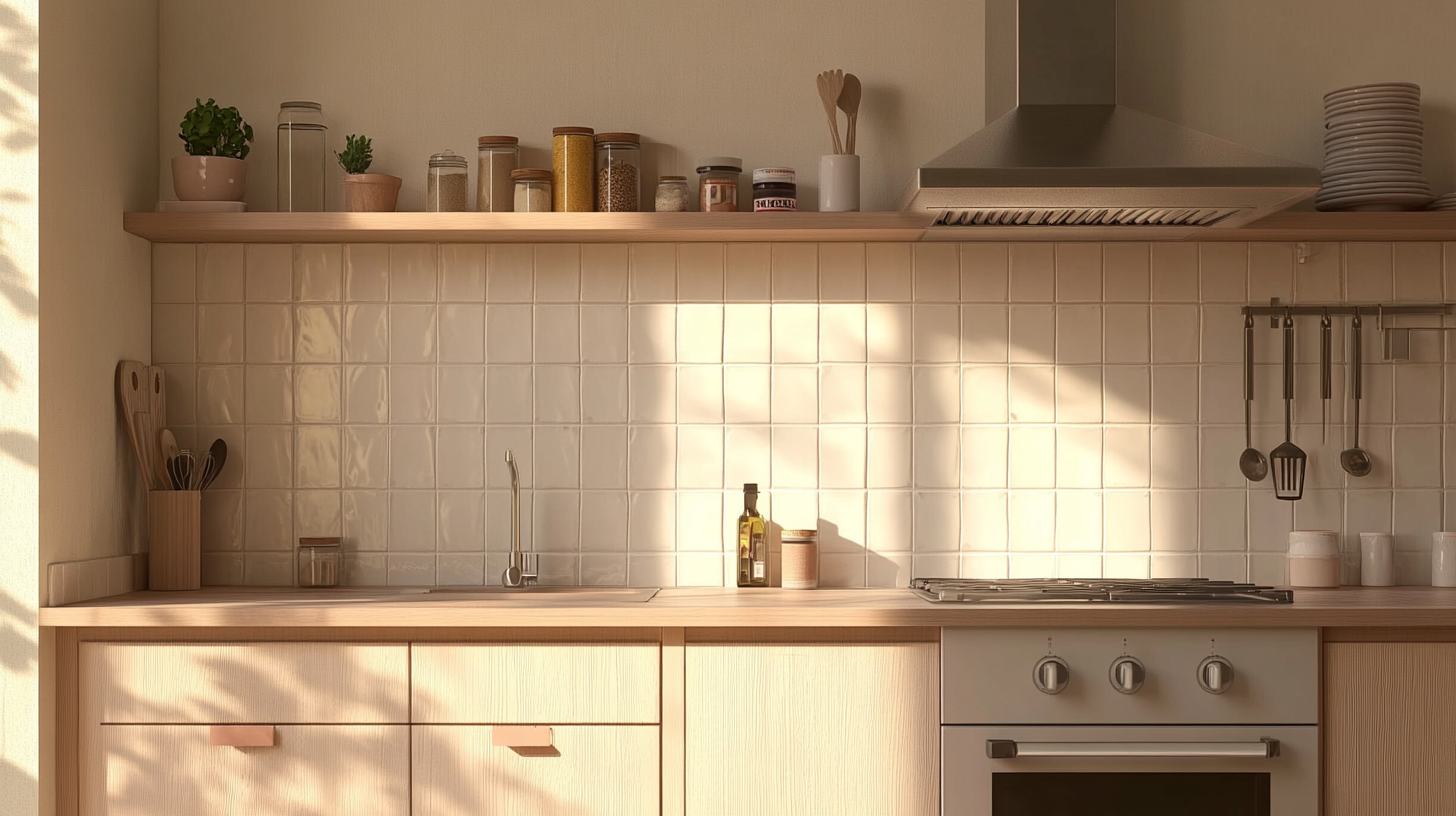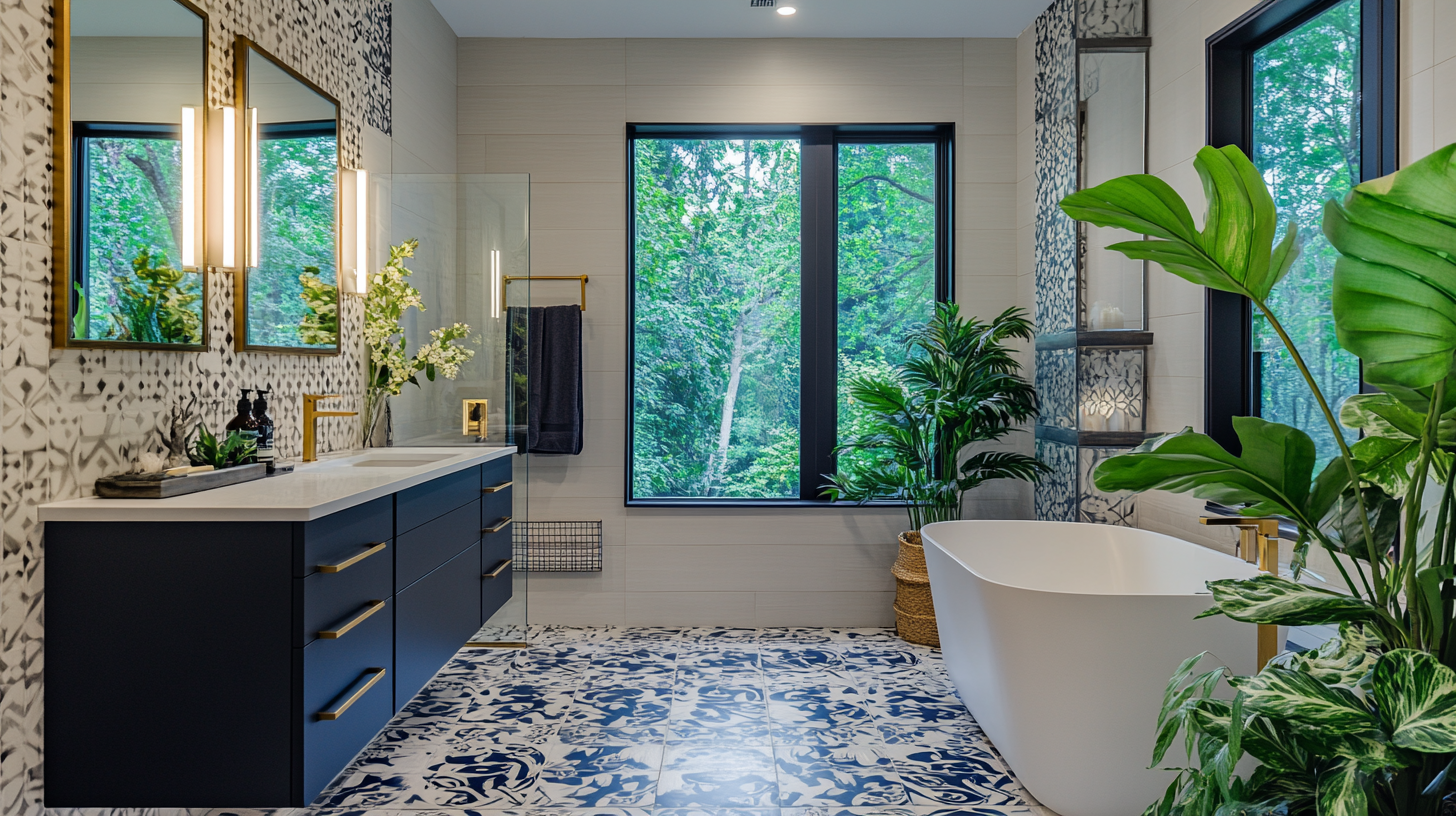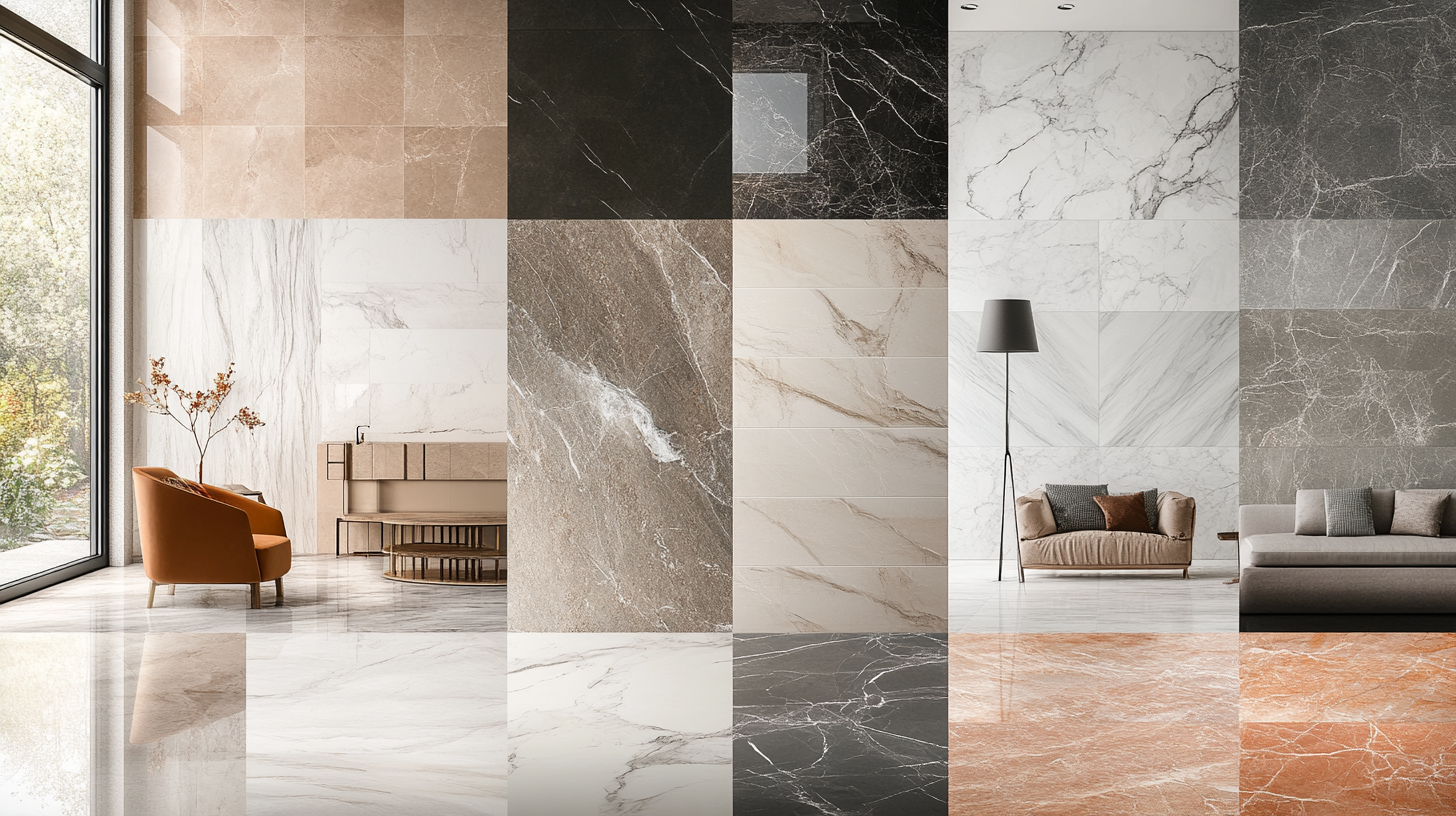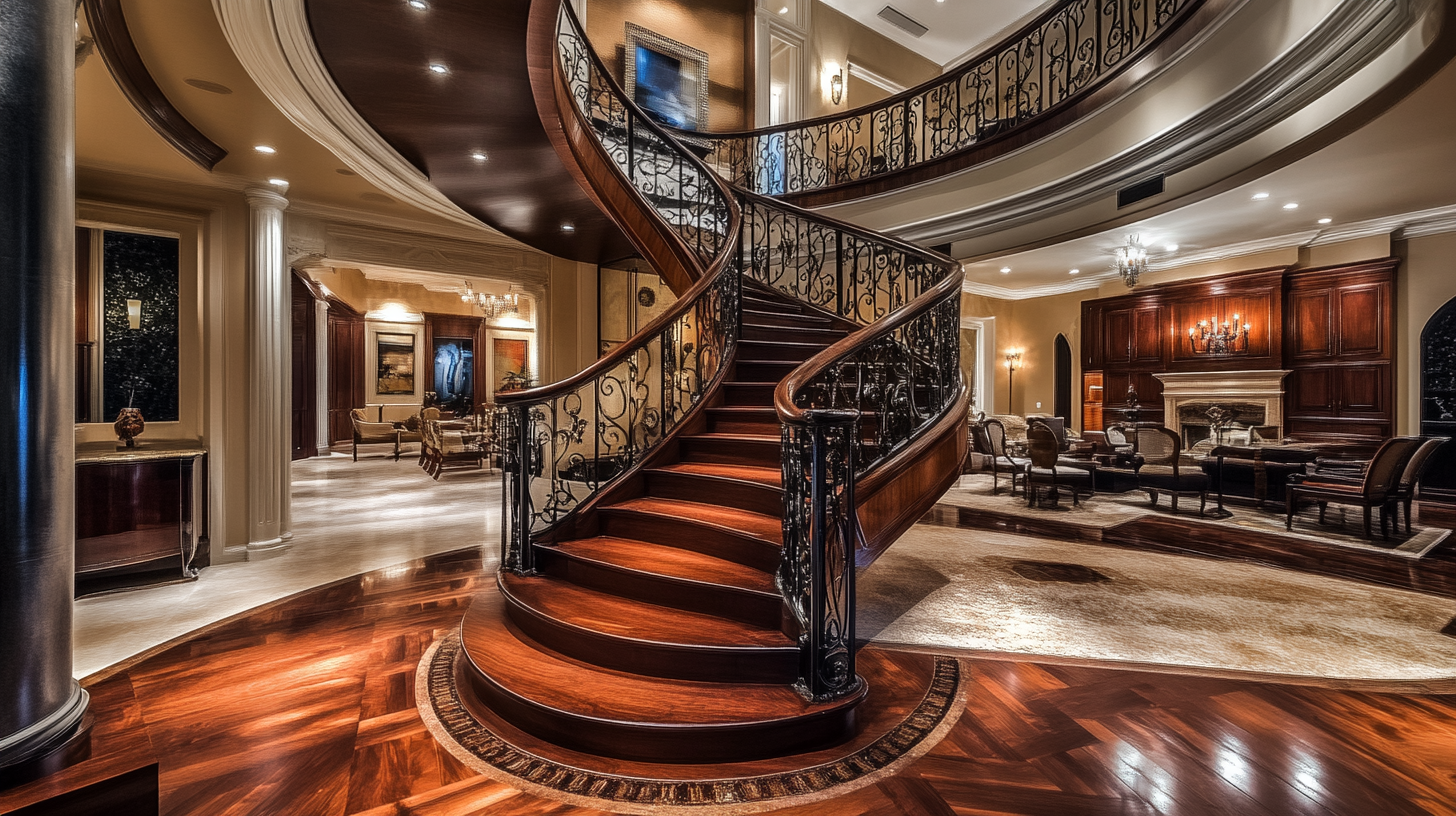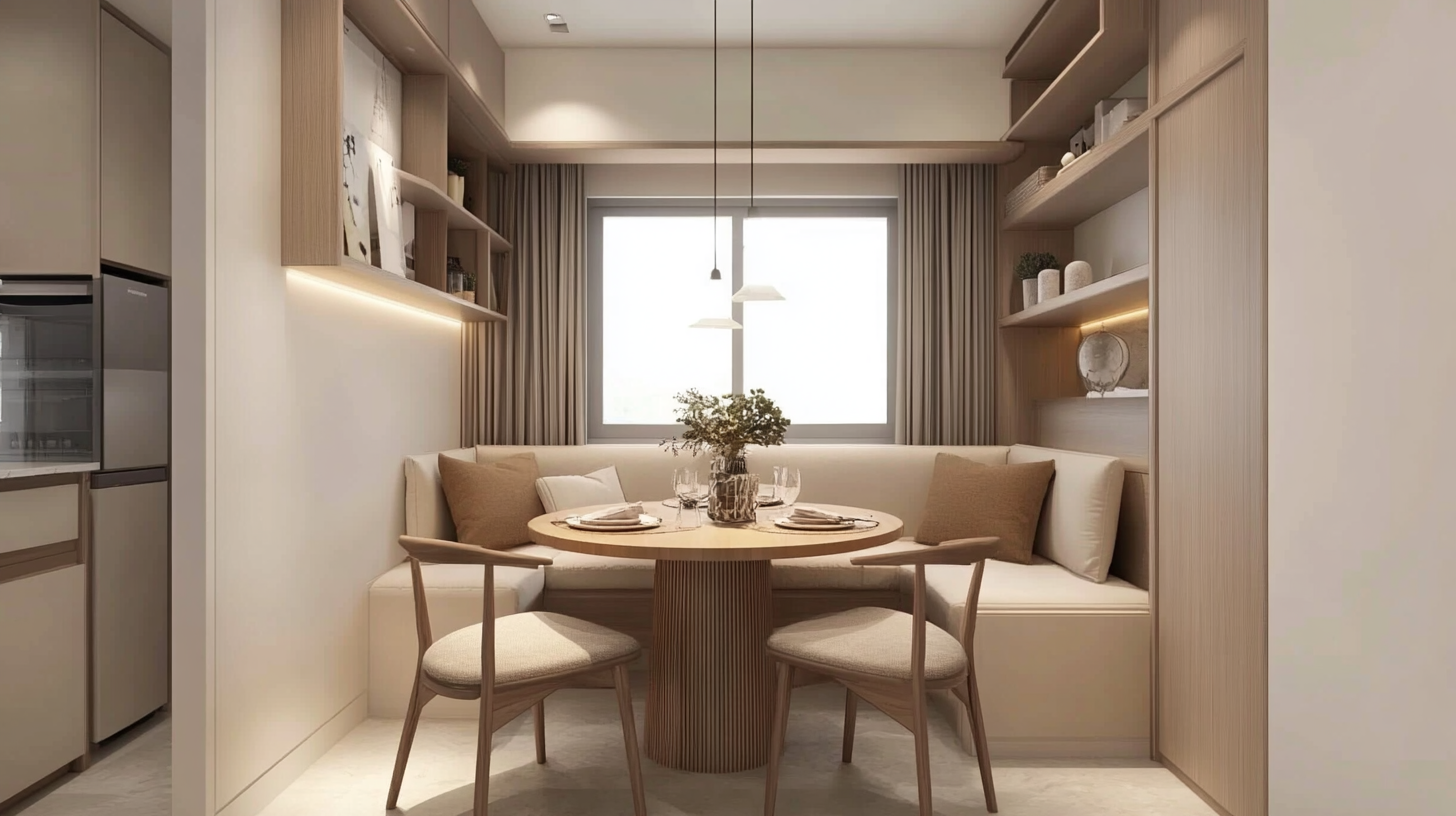
Dining Room Designs for Small Spaces That Maximize Style
Designing a dining room in a small space is no small feat. It often feels like a battle between functionality and aesthetics. But here’s the good news: limited space doesn’t have to mean limited style! With a little creativity and thoughtful planning, you can create a dining area that is both functional and stunning, even in the smallest of spaces.
Whether you’re living in a cozy apartment, a compact home, or you simply want to make better use of your dining nook, this guide is packed with practical tips and tricks to help you transform your dining space. From selecting the right furniture to incorporating clever layout ideas, here’s how you can make any small dining area a big design success.
1. Smart Furniture Selection
When working with smaller spaces, furniture selection is possibly the most important aspect to consider. The right furniture can make your dining room feel spacious without compromising usability or style.
Compact & Extendable Dining Tables
Look for dining tables thoughtfully designed for small spaces. Options like drop-leaf tables, foldable tables, or tables with extendable ends are perfect for maximizing flexibility. They save space when not in use and expand when you have guests over, making them practical without feeling cramped.
Multi-functional Furniture
Furniture with dual purposes is key to optimizing a small dining area. Benches with hidden storage are great for keeping linens, placemats, or even board games neatly out of sight. Wall-mounted foldable tables can be tucked away when not used, freeing up valuable floor space.
Slim & Transparent Chairs
Opt for chairs with a minimalist design, such as those with sleek legs or transparent materials. Slim seating pieces not only feel lighter in the room but ensure that your small space doesn’t feel visually cluttered or overpowered.
2. Make Use of Vertical Space
Small spaces don’t always have to feel constricting, especially when you cleverly utilize vertical real estate.
Add Floating Shelves
Install floating shelves above the dining table or along the walls. These shelves can be both decorative and functional, providing space for plants, tableware, or artwork without impeding usable floor space.
Hang Lighting & Plants
Suspended lighting or hanging plants can add personality to your dining area while freeing up valuable surface space. Pendant lights in particular can double as a statement piece that beautifully defines the dining zone.
Tall Cabinets Instead of Wide Ones
Choose tall, narrow cabinets to store dishes or even pantry items. They save floor area and draw the eye upward, creating the illusion of a larger space.
3. Light Colors & Reflective Surfaces
Light and reflection have a magical way of opening up even the smallest of rooms.
Use Light Colors
Stick to a light color palette with shades like white, pastel tones, or soft beige for your walls and décor. These hues brighten up the room and make it feel airy and open.
Incorporate Mirrors
Mirrors are a classic trick to create the illusion of more space. Consider placing a large mirror near the dining area or on the opposing wall to reflect light and visually double the room’s dimensions.
Glossy Finishes
Furniture with glossy textures can help bounce sunlight and add a hint of luxury. Opt for a high-gloss tabletop or chairs with a polished finish for a design that feels elevated yet practical.
4. Creative Seating Options
Seating takes up the bulk of space around a dining area, but it’s another aspect where smart solutions can shine.
Built-in or Bench Seating
Built-in seating, like a breakfast nook or padded bench against the wall, saves space while offering a cozy vibe. Add cushions with a pop of color or pattern to keep it stylish but functional.
Window Seating
Turn window sills into a spot for built-in benches that double as dining seating. This adds charm to your dining corner, makes use of otherwise wasted space, and allows in plenty of natural light.
Foldable & Stackable Chairs
Keep a set of stackable or foldable chairs on hand for entertaining guests. When not in use, they can be stored in a closet or tucked away, keeping your dining area uncluttered.
5. Space-Enhancing Decor
Decor can make or break a small dining area. Focus on accessories that enhance the space without overwhelming it.
Vertical Artwork
Opt for vertically oriented artwork or one large statement piece that adds height and draws attention upwards. Avoid gallery walls with too many small frames, as they can make the room feel busy.
Minimalist Designs
Less really is more when it comes to small spaces. Stick to a handful of well-chosen pieces that spark joy and keep the rest minimal to reduce visual clutter.
Add Greenery
Plants bring life and a touch of nature into the room without needing much space. Choose hanging plants, slim planters, or small succulents for a fresh and vibrant look.
6. Lighting That Elevates the Space
The right lighting can not only improve functionality but also help define and enhance your dining area.
Pendant Lights
Pendant lights add personality while serving as the focal point for your dining space. Whether minimal and modern or decorative and bold, pendant lighting helps create a sense of separation in an open-plan layout.
Layered Lighting
Use a combination of ambient, task, and accent lighting to add warmth and depth. For example, wall-mounted lights paired with a dim pendant light can provide flexibility for different moods or times of day.
Wall-Mounted Lights
Wall-mounted sconces are a stylish yet practical addition for small dining spaces. They free up table space while adding a soft glow to the room.
7. Smart Layout & Planning Tips
A carefully planned layout is vital for optimizing functionality in small areas.
Define the Dining Zone with Rugs
Use rugs to visually define the dining section in open-plan layouts. This creates a distinct zone while adding warmth and texture to the room.
Keep Traffic Flow Open
Avoid placing bulky furniture that blocks pathways or creates bottlenecks in high-traffic areas. Round tables work particularly well in tight spaces due to their compact design.
Place Your Table Strategically
Position your table near natural light sources, like windows, to keep the area feeling bright and welcoming. Consider placing tables in corners or against walls for an efficient use of space.
8. Bonus Tip: Use AI Design Tools
When in doubt, enlist the help of technology! Apps like Buildiyo or other AI-powered design platforms allow you to visualize potential layouts without having to rearrange furniture endlessly. They can offer personalized design recommendations tailored to your space size and aesthetic preferences.
These tools take much of the guesswork out of designing compact spaces, leaving you free to focus on the fun part!
Redefine Small Space Dining with Style
With these tips, even the smallest dining spaces can be transformed into stylish, functional areas that feel expansive and welcoming. Don’t view your limited space as a limitation; see it as an opportunity to innovate and design something uniquely yours.
If you’re still not sure where to start, we’ve got you covered. Explore our design services to connect with experts dedicated to helping you achieve your small-space goals. Together, we’ll create a space you’ll love.
Have a challenge designing your dining space? Share your thoughts in the comments below!
